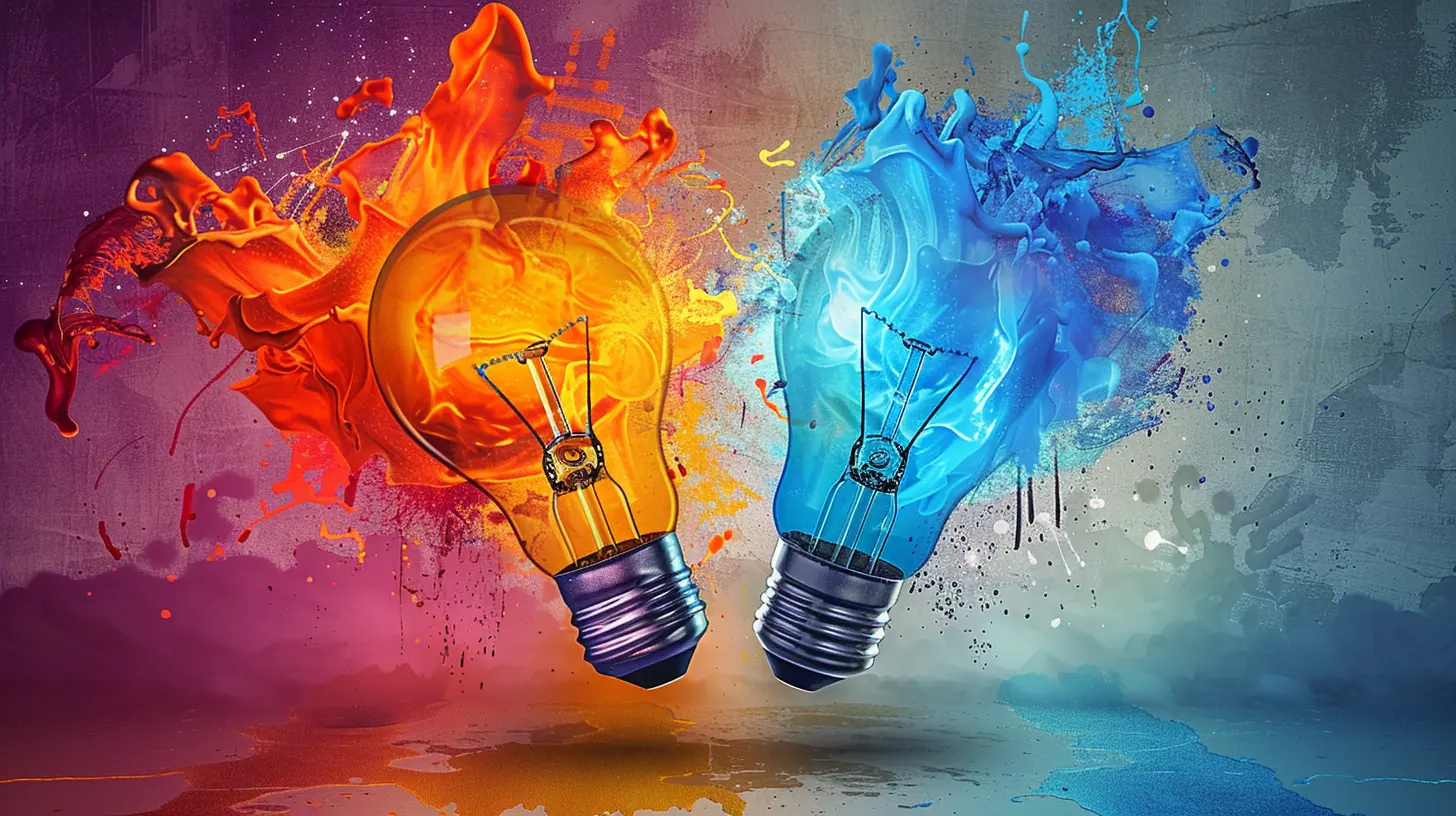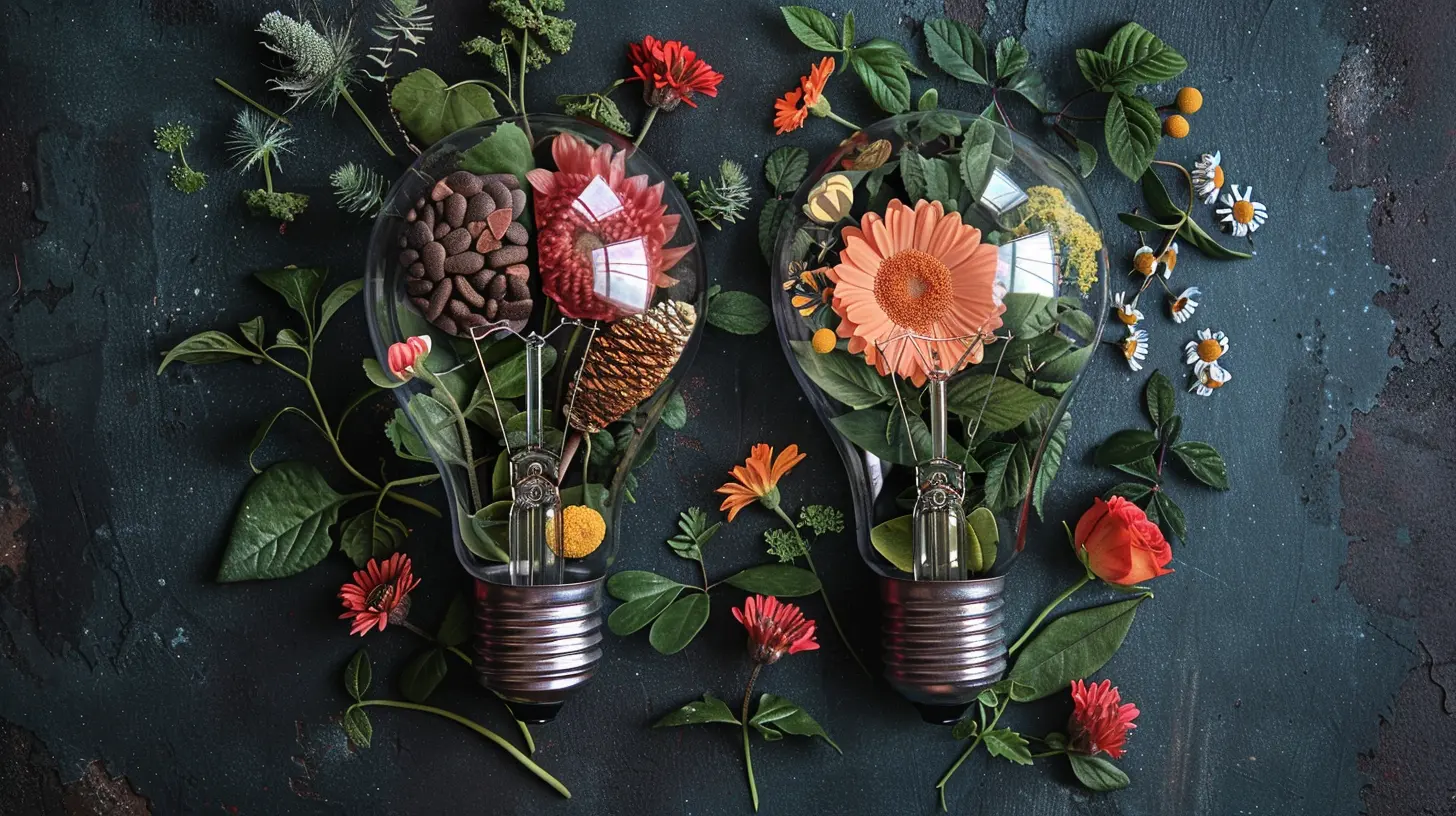The Relationship Between Critical Thinking and Creativity
23 November 2025
Ever been caught in that whirlwind moment where you're trying to come up with a new idea but can't quite figure out whether you're overthinking or underthinking it? We've all been there. What’s fascinating is that some of our best ideas come not just from wild imagination, but from razor-sharp reasoning too. So, what’s the deal? Is critical thinking the enemy of creativity, or are they actually secret allies behind our greatest innovations?
In this article, we're diving headfirst into the deep waters of thought to figure out the connection between critical thinking and creativity. Along the way, we’ll unpack how both work, how they complement each other, and why you need both in your mental toolkit—especially if you're a student, educator, or lifelong learner.
What is Critical Thinking?
Let’s kick things off with the basics. Critical thinking is like being a detective in your own mind. It’s the process of analyzing, evaluating, and reasoning through information to make sound judgments. It's not about being critical in the "pessimistic" sense; think of it more like being thoughtful, skeptical when necessary, and driven by logic.Key Elements of Critical Thinking:
- Analysis: Breaking things down into manageable parts.- Evaluation: Judging arguments, evidence, and conclusions.
- Inference: Drawing logical results from available facts.
- Explanation: Being able to articulate your reasoning clearly.
- Self-regulation: Being honest with yourself—questioning your own biases and assumptions.
Now, that might sound pretty structured and rigid. But hang in there—this is where it gets interesting when we bring creativity into the mix.
And What About Creativity?
Ah, creativity. That abstract, elusive, magical thing that brings color to our world. Whether it's painting a masterpiece, inventing a new gadget, or writing a killer blog post, creativity is all about thinking outside the box (or sometimes, realizing the box never existed).Traits of Creative Thinking:
- Originality: Doing or thinking something that hasn’t been done before.- Fluency: Generating a bunch of ideas quickly.
- Flexibility: Thinking in varied and unusual ways.
- Elaboration: Expanding on an idea and giving it depth.
In contrast to critical thinking, creativity often feels more emotional, more intuitive, and, well… less rule-bound. But here’s the good part—we often see them as opposites, when really, they’re two sides of the same coin.
So, How Are Critical Thinking and Creativity Connected?
Picture this: You’re building a bridge. Creativity gives you the vision to see a bridge where nobody thought one could exist. Critical thinking gives you the tools and calculations to make sure it doesn’t collapse the moment someone walks on it.In short, creativity provides the "what if," while critical thinking gives you the "how" and "why."
Let’s break that down.
1. Creativity Generates Ideas, Critical Thinking Refines Them
Think of creativity as the brainstorming phase of a project. It's messy, exciting, and full of possibility. But without critical thinking, those ideas may never leave the drawing board. Critical thinking acts like the editor to your creative writer—it evaluates which ideas make sense, which can be improved, and which should probably be tossed.Ever had that moment where you thought of an awesome idea, only to realize after a few minutes (or a little research) that it wasn’t realistic? That’s your critical brain kicking in.
2. Creative Ideas Need Logical Structures
Even the most innovative ideas need structure to be effective. Imagine designing a new app that could change the game in education. The concept may be brilliant, but you'll need to think critically about user experience, functionality, and real-world application for it to work.Critical thinking provides that framework. It asks the tough questions like:
- Is this feasible?
- What are the consequences?
- Can this idea be scaled?
3. Problem Solving Relies on Both
Many of life’s biggest challenges don’t have clear-cut answers—they require both imagination and logic. Want to deal with global climate change? Or rebuild a broken educational system? You’ll need creative solutions and critical analysis. One without the other just won’t cut it.
Why This Relationship is So Important in Education
If you're in education—as a student, teacher, or even just a curious mind—understanding and fostering both creativity and critical thinking is essential. The future belongs to those who can innovate while thinking things through.Schools Traditionally Favor Critical Thinking
Historically, our education systems have leaned heavily into critical thinking—teaching students to analyze texts, solve math problems, and think rationally. Creativity often gets pushed to the sidelines, confined to art class or extracurricular clubs.But times are changing.
A growing number of educators are recognizing that creativity isn’t just for the "artsy" types. It’s a vital skill in science, technology, business, and even math. Think about the engineers who designed electric cars or the scientists developing vaccines—massive creativity backed by rigorous, critical thought.
Encouraging Both in the Classroom
So how can schools foster both? Here are a few ideas:- Project-Based Learning: Let students explore real-world problems with open-ended solutions.
- Open-Ended Questions: Encourage responses that require both imagination and reasoning.
- Cross-Disciplinary Approaches: Mix science with art, math with storytelling—blur the lines.
- Safe Space for Failure: Creativity thrives when students aren’t afraid to be wrong.
The Brain Science Behind It
Let’s nerd out for a second. Neuroscientists suggest that while critical thinking activates the brain’s prefrontal cortex—home to logic and reasoning—creativity lights up the default mode network, which is all about imagination and internal thought.What’s wild is that the best problem-solvers can toggle between both networks. It’s like switching between your brain’s "design studio" and its "quality control department." Mastering this switch is what leads to breakthrough ideas that actually work.
In other words, when your brain is in sync—bam! That’s where the magic happens.
Myths About Creativity and Critical Thinking
Let’s bust a few myths, shall we?Myth 1: You're Either Creative or Logical
Nope. This is one of the most limiting beliefs out there. Everyone has creative and critical faculties—they just need different kinds of practice. You can be an artist with a knack for analytics or a scientist who paints in their spare time.Myth 2: Creativity Is Totally Freeform, No Rules
Actually, creativity often thrives within constraints. Ever done a school project with a tight deadline? You probably got super creative figuring out how to make it work. Sometimes having boundaries forces us to think in clever ways.Myth 3: Critical Thinking Kills Creativity
Only if you're doing it wrong. When timed well, critical thinking enhances creativity. It’s the filter that helps you separate gold from glitter.How to Develop Both Skills
Good news: you can get better at both.Tips to Boost Creativity:
- Journal or doodle daily—free your thoughts.- Take creative risks without obsessing about the outcome.
- Surround yourself with different perspectives.
- Try "what if" thinking often.
Tips to Strengthen Critical Thinking:
- Ask "why" and "what if not" regularly.- Practice debates or structured arguments.
- Take time to reflect on your beliefs and assumptions.
- Analyze content you consume—don’t take things at face value.
Combine these habits, and you’re on your way to becoming a powerhouse thinker.
Let’s Wrap It Up
So, where do we land in this whole creativity-meets-critical-thinking conversation?If creativity is the spark, critical thinking is the compass. You need both to navigate life’s big questions, innovate solutions, and express your ideas in meaningful ways.
The real magic happens when you allow them to dance together—imagination pushing boundaries, and analysis grounding you in reality. The best part? These skills aren’t fixed. You can develop them, nurture them, and use them to change the world—or at the very least, ace your next project.
So next time you find yourself stuck, don’t choose between thinking outside the box or checking the facts. Do both. Because the bridge to the future needs both imagination and integrity to hold it up.
all images in this post were generated using AI tools
Category:
Critical ThinkingAuthor:

Madeleine Newton

